Growing Cutleaf Coneflower - Is Cutleaf Coneflower A Weed
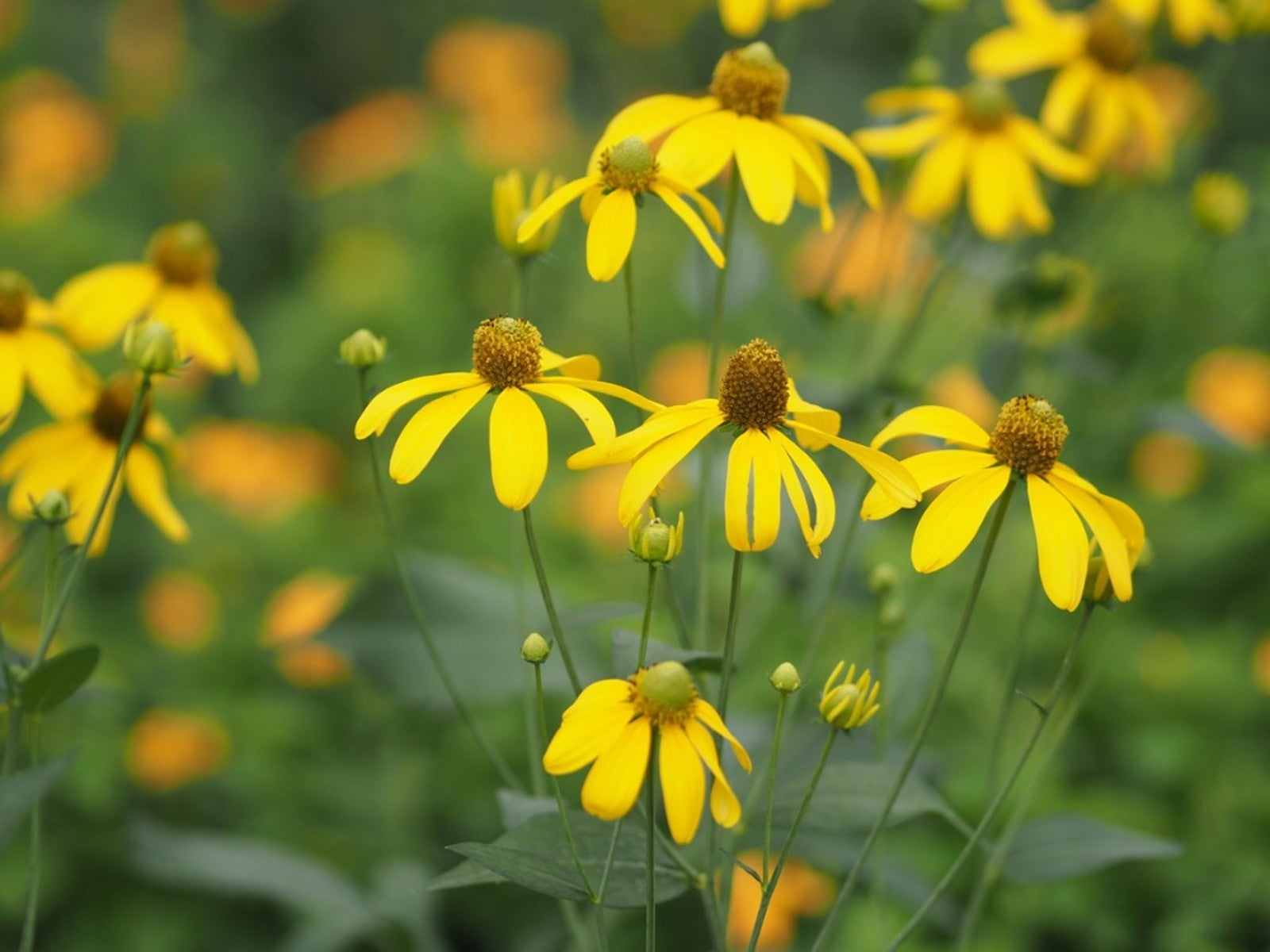

Cutleaf coneflower is a North American native wildflower that produces striking yellow blooms with drooping petals and a large central cone. While some people find it weedy, this is a pretty flower for native plantings and naturalized areas. In its native range it thrives and is low maintenance.
About Cutleaf Coneflower
Cutleaf coneflower (Rudbeckia laciniata), is a sunflower-like wildflower native to much of Canada and the U.S. You’ll find it in open forests, wet meadows, thickets, pastures, and along riverbanks. A related species is black-eyed Susan.
Also known as green-headed coneflower, wild goldenglow, and sochan, this flower grows up to nine feet (3 m.) tall. The flowers are yellow with a large greenish cone. The cone turns brown as seeds develop. The seed cones attract some native bird species, while the flowers bring pollinators.
Is Cutleaf Coneflower a Weed?
Cutleaf coneflower is a wildflower, but some gardeners may find it weedy. It spreads aggressively through underground stems, so it can take over beds if you are not careful. It’s not an ideal plant for a formal garden or beds and borders with neat edges.
How to Plant Cutleaf Coneflower
Cutleaf coneflower seeds are easy to plant and grow. You can start them indoors and transplant outside, or simply scatter the seeds for a naturalized garden or meadow and wildflower garden. Plant in a location that gets full to partial sun and where the soil is average and doesn’t dry out too much. If you have a moist area of the garden or natural area, it will do well there.
To share or transplant cutleaf coneflower, divide the roots and rhizomes. They transplant readily, but you also may want to divide the plants simply to maintain their growth. They spread rapidly and easily to fill spaces.
Cutleaf Coneflower Care
Growing cutleaf coneflower in its native range is quite easy. It prefers moist soil and humidity. If planted in a drier area, you may need to water occasionally. Once established, cutleaf coneflower should not need watering or much attention at all.
Gardening tips, videos, info and more delivered right to your inbox!
Sign up for the Gardening Know How newsletter today and receive a free copy of our e-book "How to Grow Delicious Tomatoes".
Cutleaf coneflower blooms in summer and if you remove the spent flowers it encourages a second bloom in fall. Leave the seed heads in place in fall to attract birds. Since they grow so tall, you may need to stake the flowers.

Mary Ellen Ellis has been gardening for over 20 years. With degrees in Chemistry and Biology, Mary Ellen's specialties are flowers, native plants, and herbs.
-
 Looking For Plants To Give You The Soft And Fuzzies? Try These 5 Fuzzy Leaf Plant Options
Looking For Plants To Give You The Soft And Fuzzies? Try These 5 Fuzzy Leaf Plant OptionsLovers of texture, drama, silver foliage and tactile plants will adore these special sensory garden additions. These fuzzy leaf plant options will leave you all aglow
By Susan Albert
-
 Get Ready For A Summer Of Hummers! Grow These Full Sun Hummingbird Plants and Flowers
Get Ready For A Summer Of Hummers! Grow These Full Sun Hummingbird Plants and FlowersIf you’re lucky enough to enjoy a sunny backyard, make sure you are maxing out on your pollinator opportunities and grow these full sun hummingbird plants and flowers
By Tonya Barnett
-
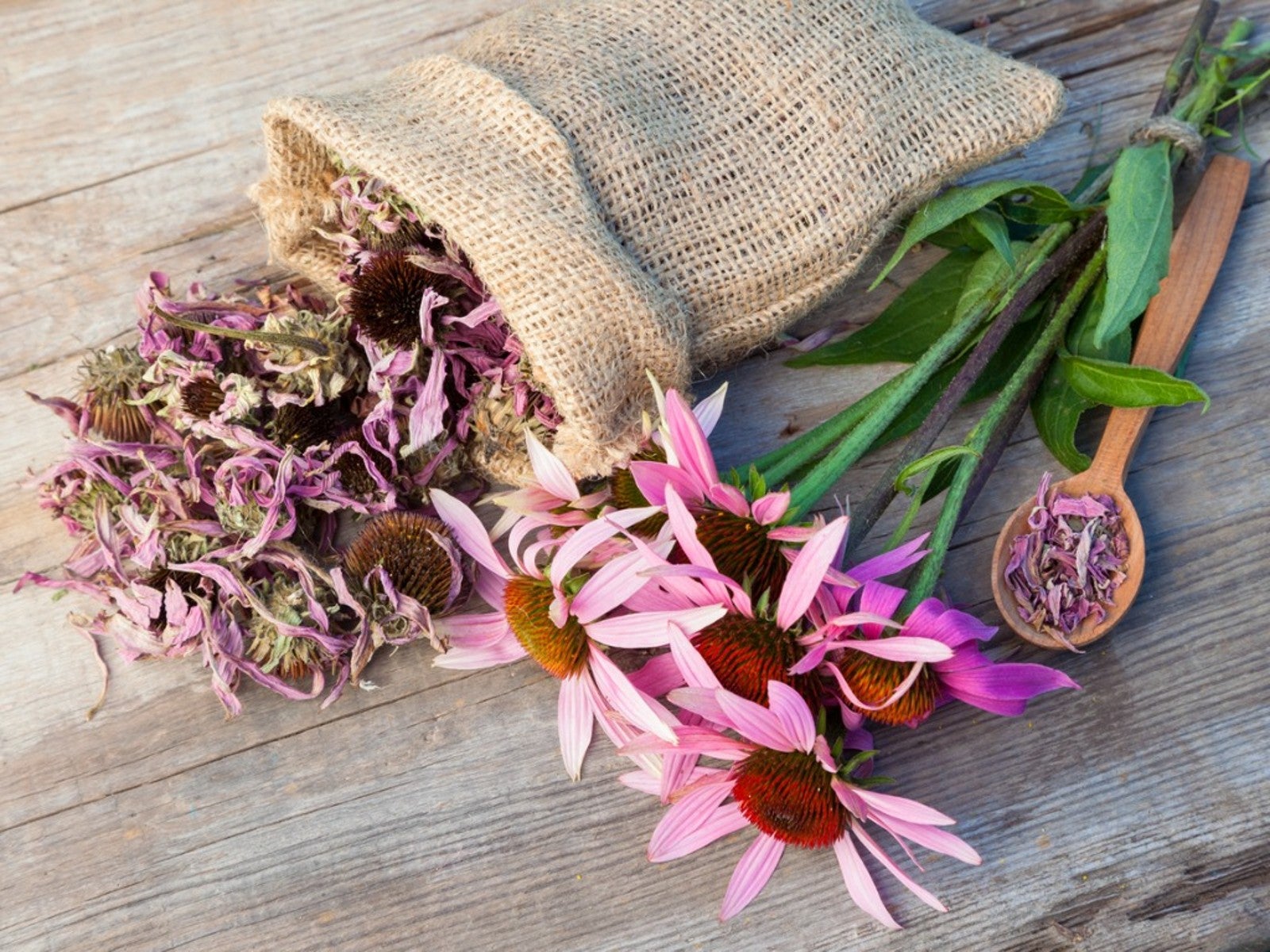 How To Harvest Echinacea Flowers, Seeds And Roots
How To Harvest Echinacea Flowers, Seeds And RootsThe entire echinacea plant can be harvested and used for medicine and health. Learn here how to harvest your pretty coneflowers, from seeds to roots.
By Mary Ellen Ellis
-
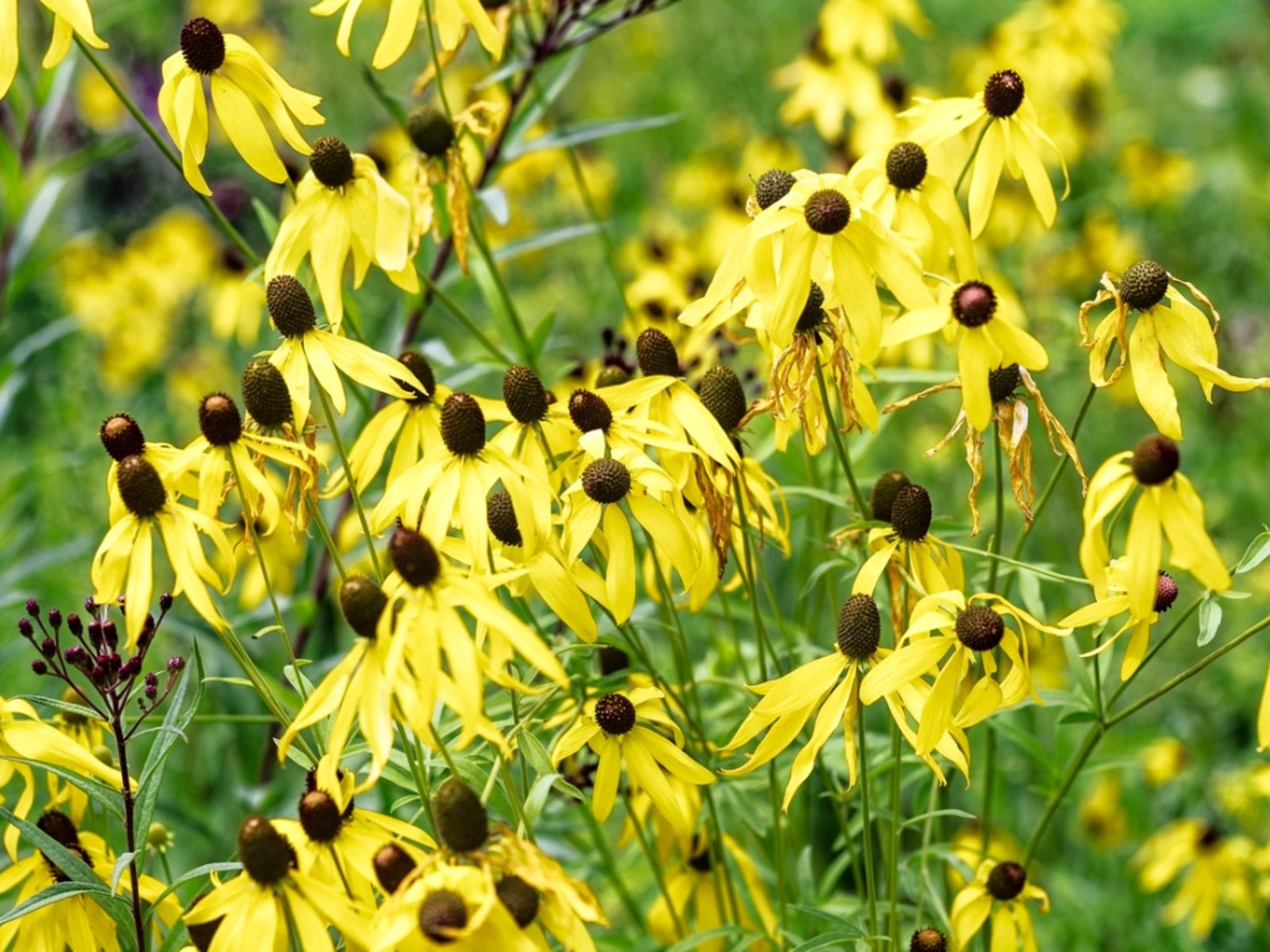 What Is A Gray Headed Coneflower Plant - Care For Gray Headed Coneflowers
What Is A Gray Headed Coneflower Plant - Care For Gray Headed ConeflowersThe gray headed coneflower plant goes by many names and is a native wildflower. Click here for more information on this perennial plant.
By Mary Ellen Ellis
-
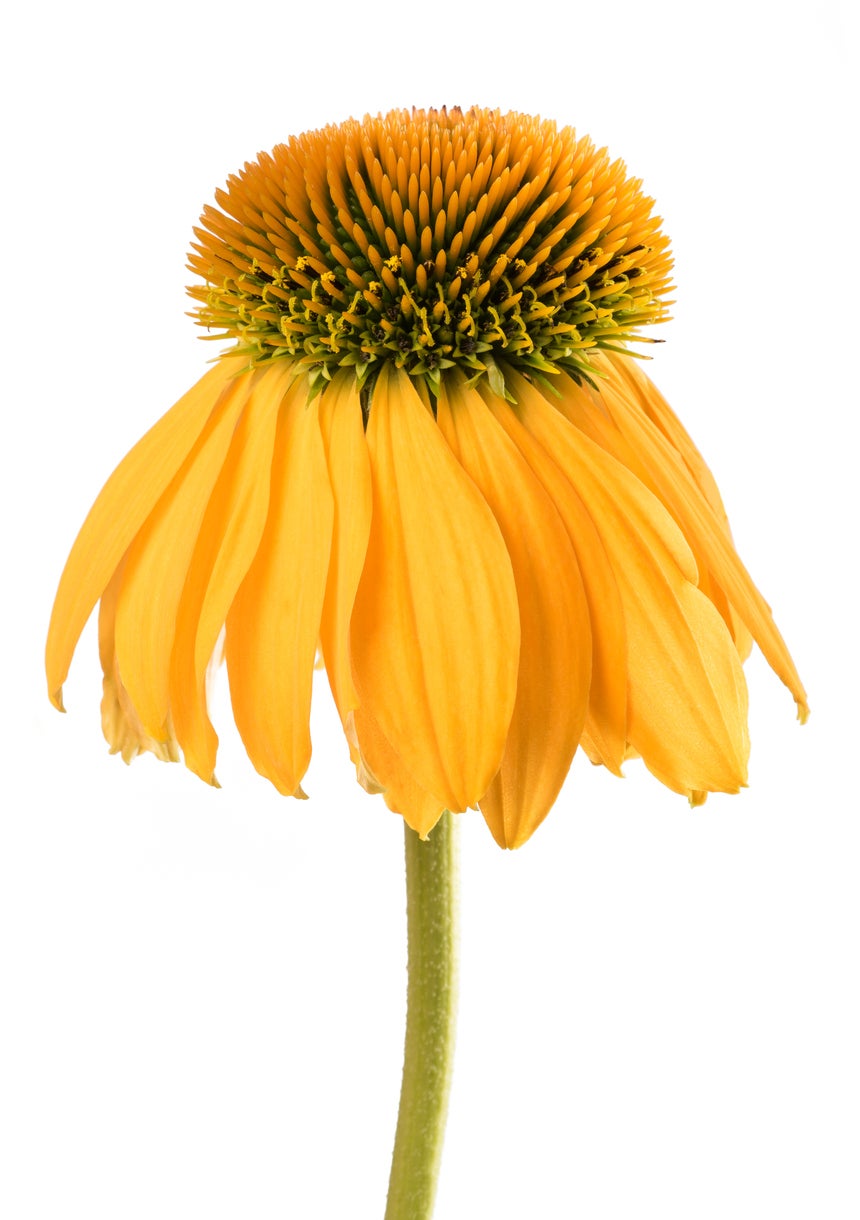 Yellow Echinacea Care – Learn About Growing Yellow Coneflowers
Yellow Echinacea Care – Learn About Growing Yellow ConeflowersEchinacea paradoxa stands out from other native echinacea plants. The “paradox” indicated in this variety’s name comes from the fact that it is the only native echinacea to produce yellow petals. Learn about growing yellow coneflowers here.
By Darcy Larum
-
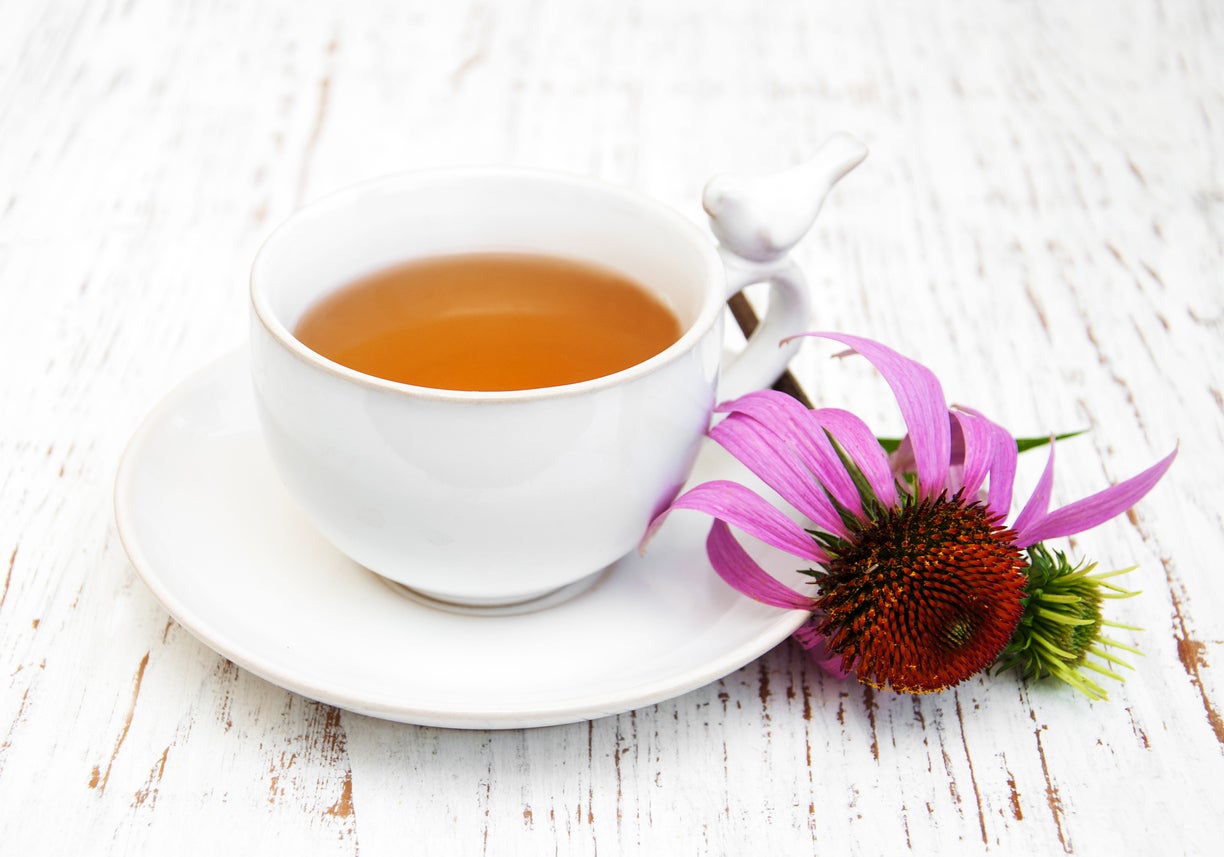 Coneflower Herbal Uses – Growing Echinacea Plants As Herbs
Coneflower Herbal Uses – Growing Echinacea Plants As HerbsConeflowers are pretty plants with big, bright flowers that attract butterflies and songbirds to the garden. But people have also been using coneflowers medicinally for many, many years. Click this article for more information on coneflower herbal uses.
By Teo Spengler
-
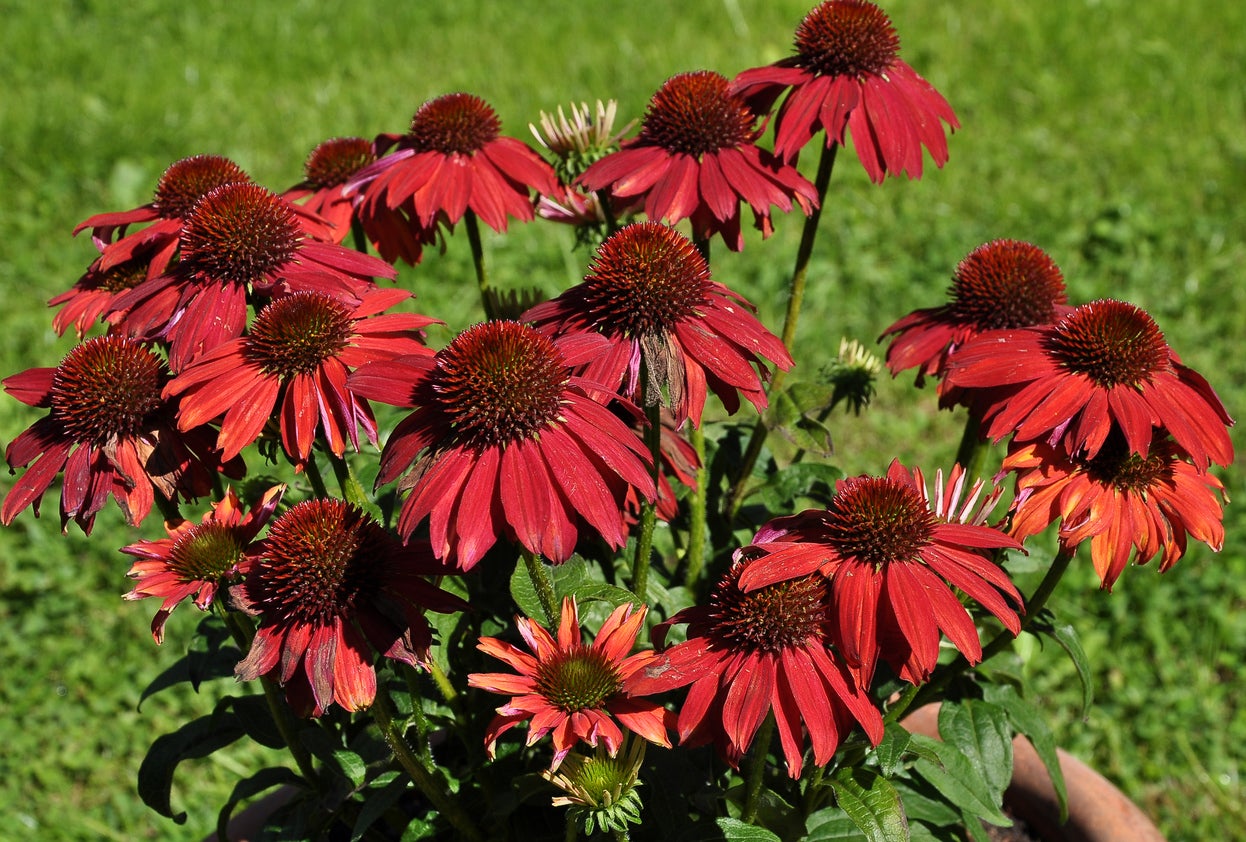 Types Of Coneflower – Learn About Different Kinds Of Coneflower Plant
Types Of Coneflower – Learn About Different Kinds Of Coneflower PlantBy Mary Ellen Ellis
-
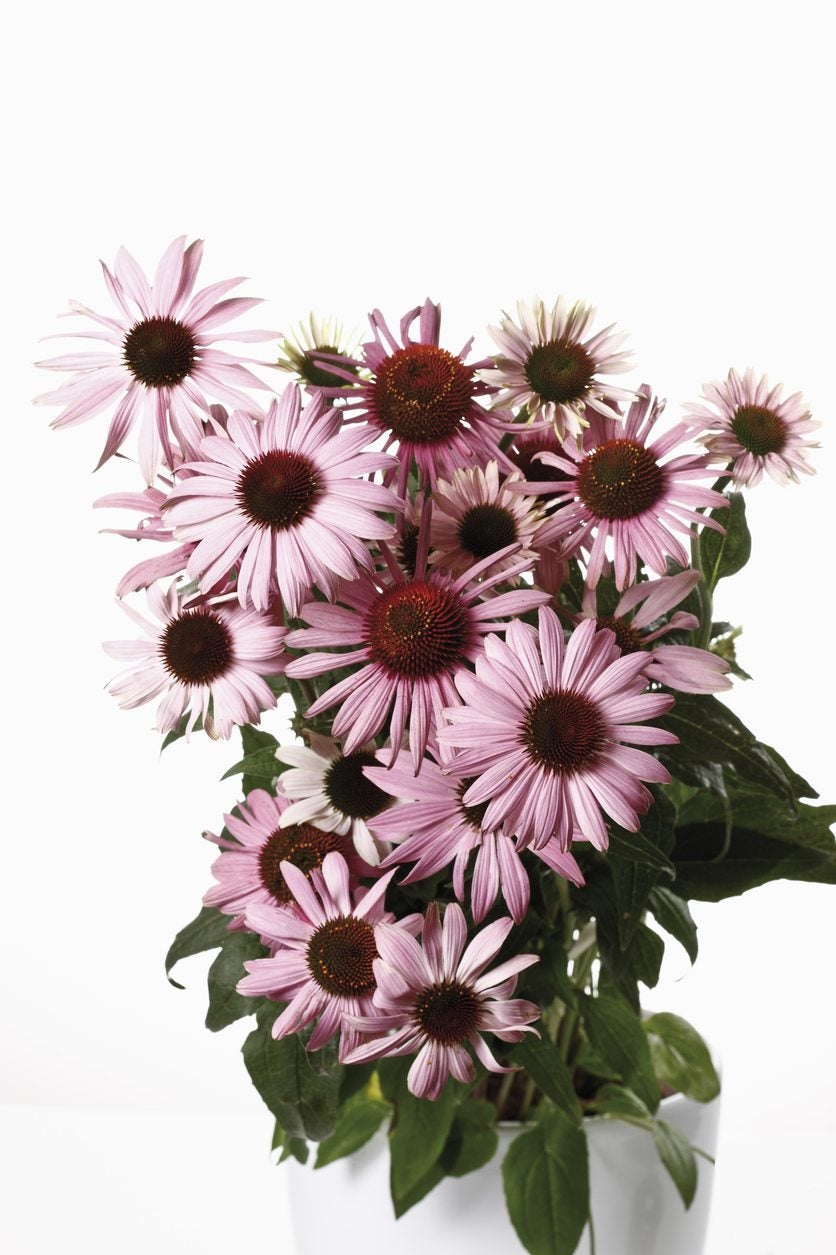 Coneflowers In A Pot – Tips On Caring For Container Grown Coneflowers
Coneflowers In A Pot – Tips On Caring For Container Grown ConeflowersConeflowers are very popular, colorful, flowering perennials. But what about containers? If you don't have the space for a garden bed, will coneflowers grow just as well on a patio or balcony? Click this article to learn more about how to grow coneflowers in a pot.
By Liz Baessler
-
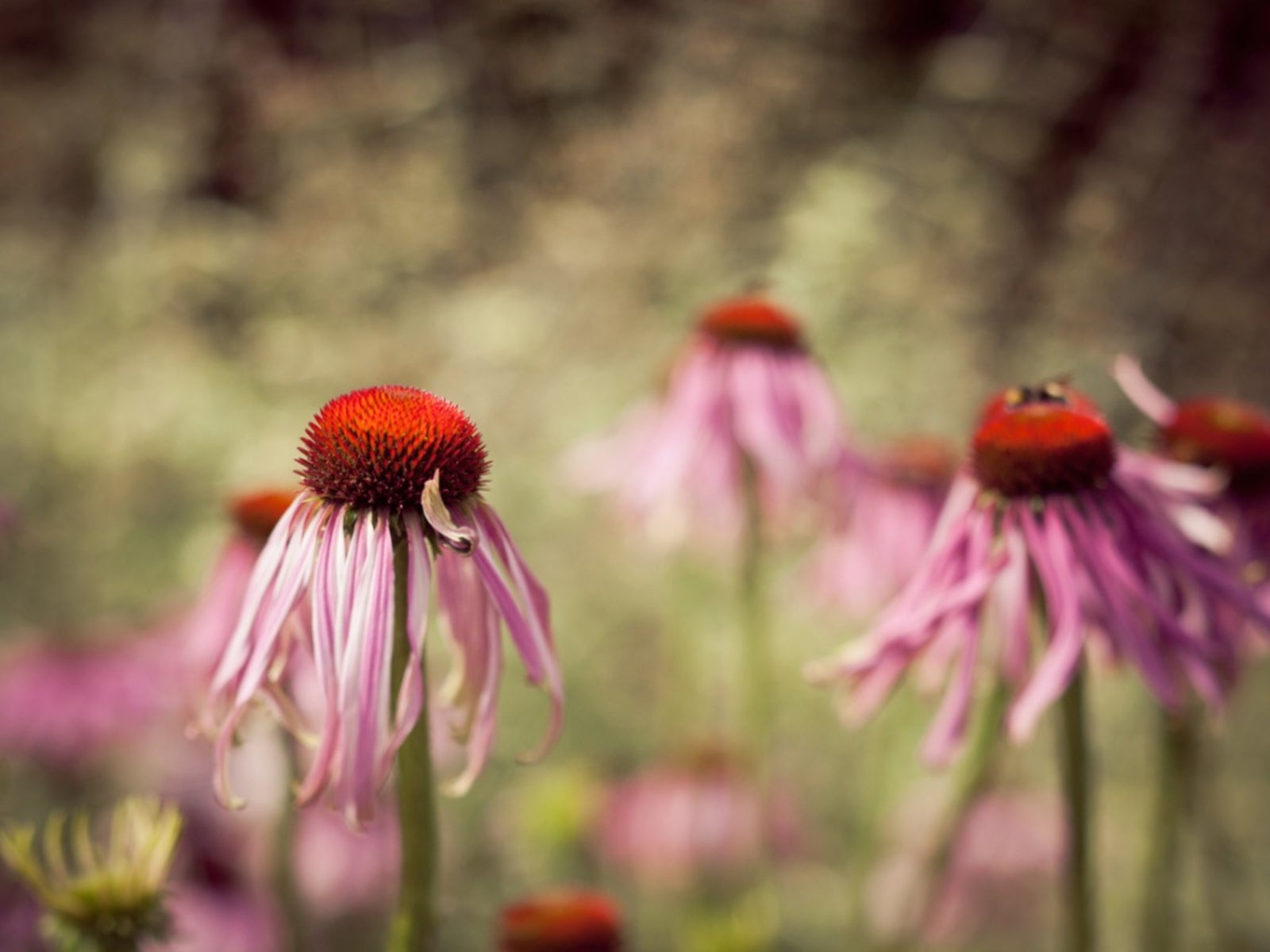 Echinacea Deadheading: Do You Need To Deadhead Coneflowers
Echinacea Deadheading: Do You Need To Deadhead ConeflowersAlso known as purple coneflower, Echinacea has grown wildly and contently for hundreds of years without any maintenance. When I suggest coneflowers to a customer, I am often asked "do you need to deadhead coneflowers?" Click here for the answer.
By Darcy Larum
-
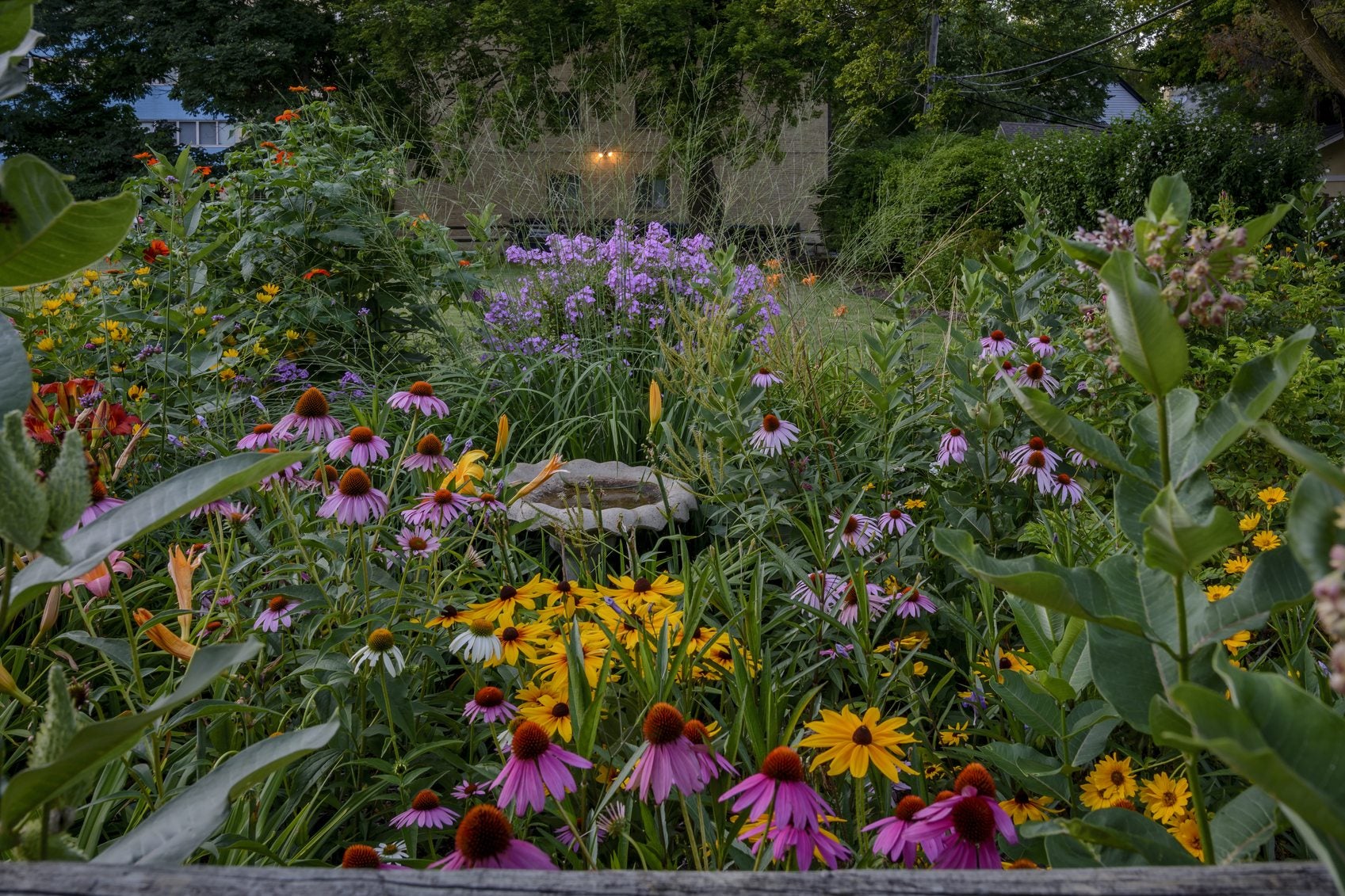 Companion Plants For Echinacea: Learn What To Plant With Coneflowers
Companion Plants For Echinacea: Learn What To Plant With ConeflowersCompanion plants for Echinacea should have similar cultural requirements and can create a bed with attractive blooms for any beneficial insect. To create a lively color bed, choose Echinacea companions carefully. This article will help get you started.
By Bonnie L. Grant